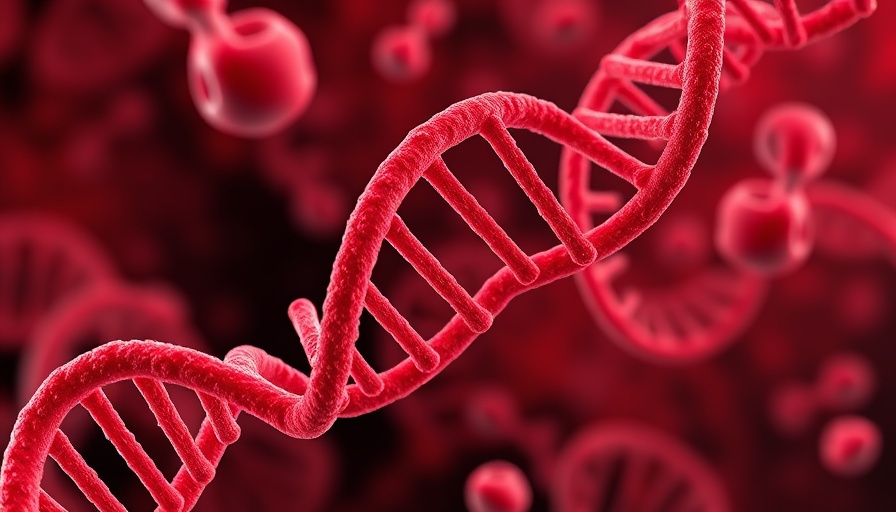
Understanding the Role of DNMT3A in Cell Control
The gene DNMT3A plays a crucial role in maintaining the balance of stem cell proliferation. Deficiencies in this gene have been linked to significant health issues, including cancer. Research published in Cell Stem Cell explored how DNMT3A influences cellular behavior and the consequences of its mutations, especially regarding clonal hematopoiesis (CH), a phenomenon where stem cells replicate and result in blood cancers. This review amplifies the conversation around the interplay between genetic mutations, cellular proliferation, and the onset of age-related diseases.
The Connection Between DNMT3A and Cancer
Research has established a significant connection between DNMT3A mutations and blood cancers. The prevalence of mutations in DNMT3A among patients with clonal hematopoiesis underlines its importance. Upon mutation, stem cells with DNMT3A defects can outcompete healthy counterparts, leading to a dominance of ineffective cells in bone marrow. This suggests that the gene is integral not only to normal cellular function but also to the pathophysiology of cancers.
Beyond Methylation: DNMT3A’s Broader Implications
Although DNMT3A is predominantly viewed as a methyltransferase, its implications extend far beyond DNA methylation. Studies show that the gene affects processes that are not directly linked to epigenetic modifications. The lack of significant findings related to conventional methylation highlights the complexity of genetic functions involved in stem cell dynamics, suggesting that researchers need to explore DNMT3A's role beyond traditional boundaries.
Experimental Evidence Supporting DNMT3A’s Role
Experiments conducted using mice have yielded intriguing results regarding the functionalities of DNMT3A. While the gene's relationship with methylation is recognized, findings reveal that altered expression of DNMT3A dramatically affects cell fate through mechanisms independent of methylation changes. Mice with variations of the gene that diminished its methylating capacity showed effective control over cell proliferation, challenging the need to link cellular reproduction strictly to DNA methylation.
The Long-Term Consequences of DNMT3A Deficiency
The implications of DNMT3A deficiency extend to telomere length and the cellular response to telomere dynamics. Telomeres serve as protective caps on chromosome ends, and abnormalities in their length can contribute to premature cellular aging and increased cancer risk. Research indicates that the regulatory mechanisms involving DNMT3A may influence telomere maintenance, thereby playing a vital role in longevity and age-related outcomes.
Future Predictions: What Lies Ahead?
As the field of genetics continues to evolve, the future looks promising for therapeutic interventions targeting DNMT3A mutations. With advancements in gene editing technologies, it might become possible to rectify the detrimental effects of such mutations, paving the way for innovative treatments. Understanding how to modulate the gene's activity could lead to breakthroughs in cancer therapies and longevity research.
Concluding Insights
The research surrounding DNMT3A illustrates a complex narrative of genetics’ profound impact on health, particularly as it relates to cancer and aging. Acknowledging the gene’s multifaceted role can shape future research directions and therapeutic strategies that strive for improved health outcomes. Keeping track of advancements in this area is crucial for health enthusiasts and professionals alike who are invested in the domains of health, longevity, and wellness.
 Add Row
Add Row  Add
Add 




Write A Comment